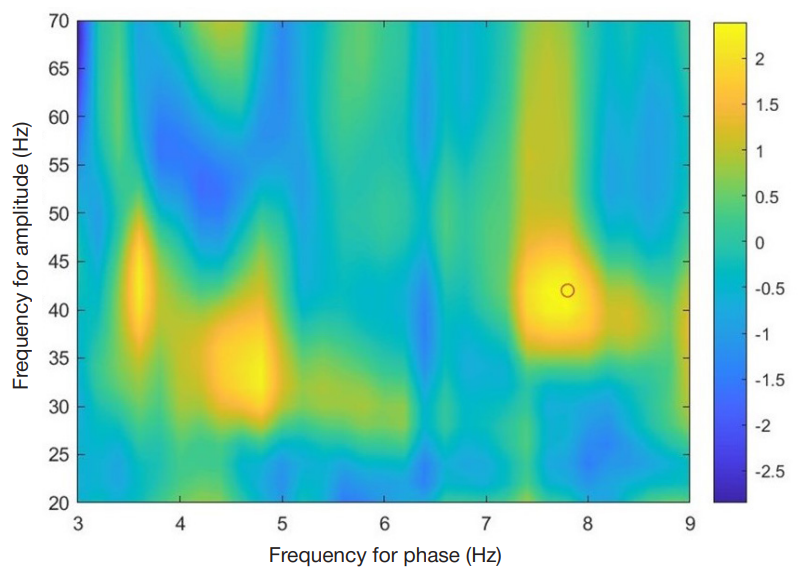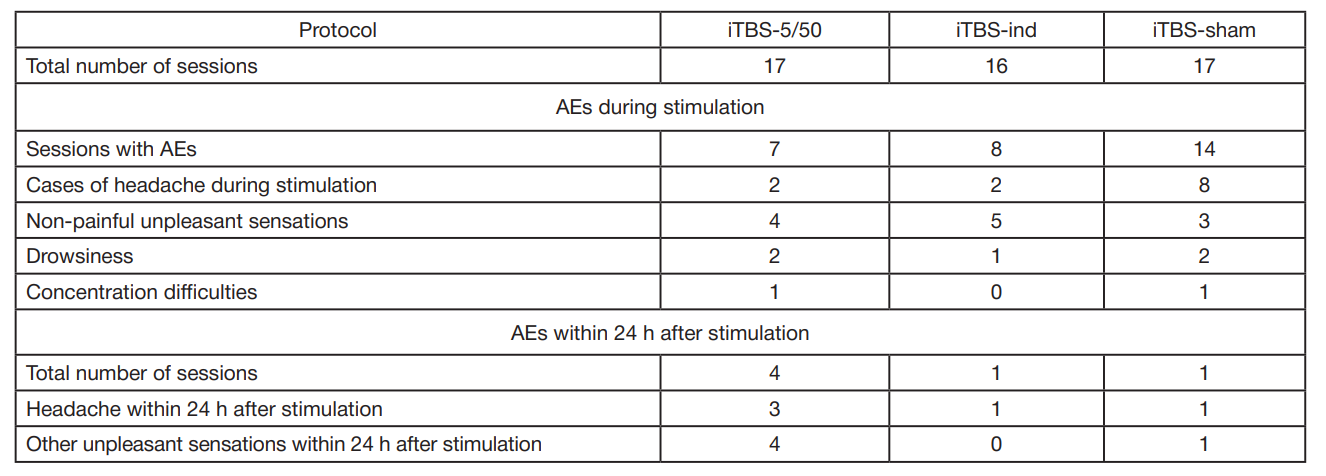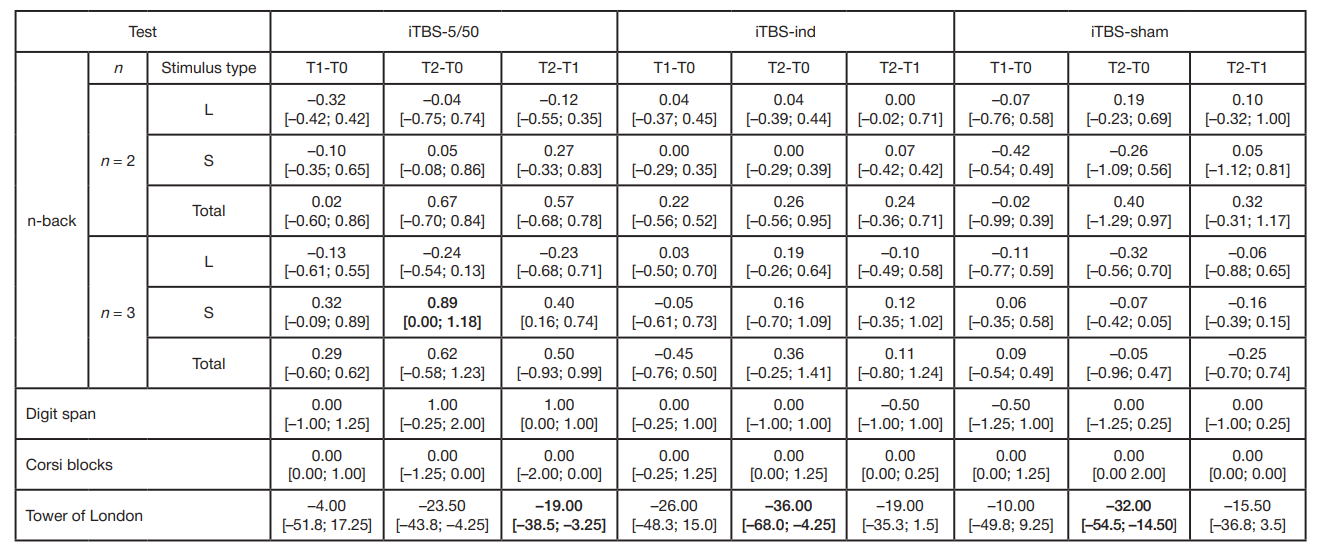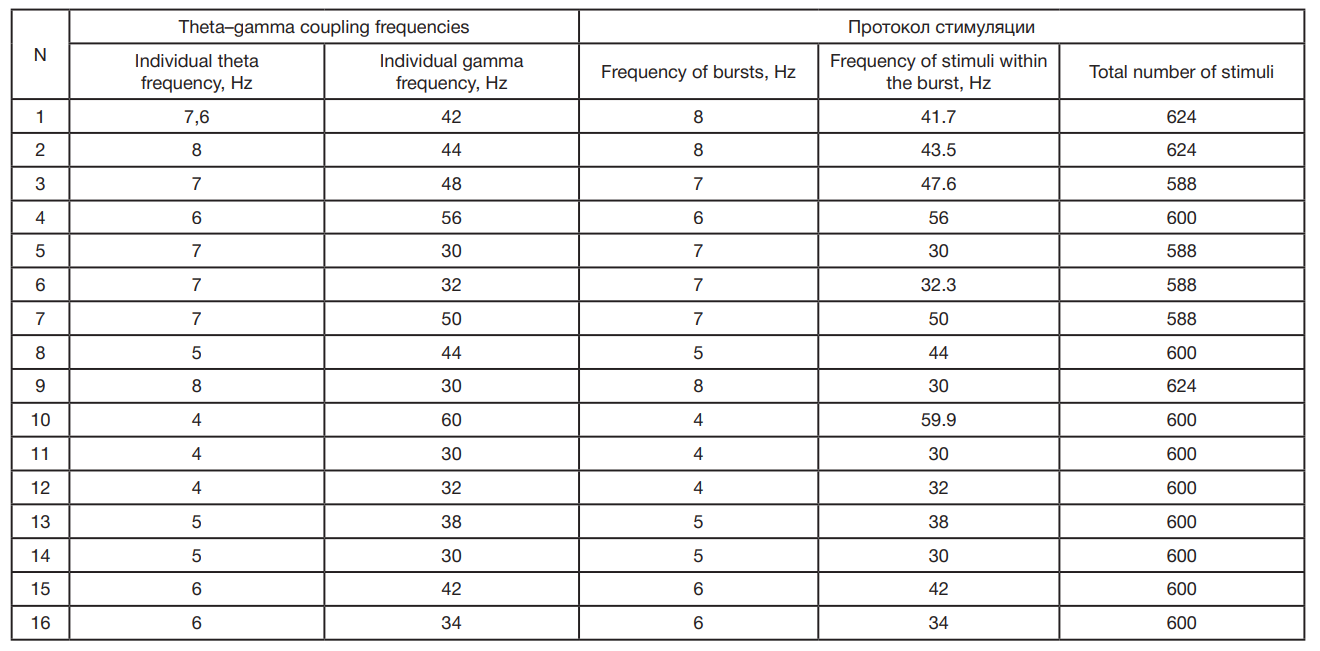
This article is an open access article distributed under the terms and conditions of the Creative Commons Attribution license (CC BY).
ORIGINAL RESEARCH
Prefrontal cortex transcranial theta-burst stimulation frequency-dependent effects on cognitive functions
Research Center of Neurology, Moscow, Russia
Correspondence should be addressed: Alexandra G. Poydasheva
Volokolamskoye shosse, 80, Moscow, 125310, Russia; ur.ygoloruen@avehsadyop
Funding: the study was supported by the Russian Science Foundation (RSF), grant № 22-25-00078, https://www.rscf.ru/project/22-25-00078/
Author contribution: Suponeva NA, Bakulin IS, Poydasheva AG, Piradov MA — study concept; Suponeva NA, Bakulin IS, Poydasheva AG, Sinitsyn DO, Piradov MA — study planning and design; Bakulin IS, Poydasheva AG, Zabirova AH, Lagoda DYu — research procedure and data acquisition; Bakulin IS, Poydasheva AG, Sinitsyn DO, Zabirova AH — data analysis; all authors — data interpretation; Suponeva NA, Bakulin IS, Poydasheva AG — manuscript draft writing; all authors — manuscript editing.
Compliance with ethical standards: the study was approved by the Ethics Committee of the Research Center of Neurology (protocol 3-7/22 dated 20 April 2022), it was conducted in accordance with the principles of the Declaration of Helsinki; the informed consent was submitted by all study participants.






